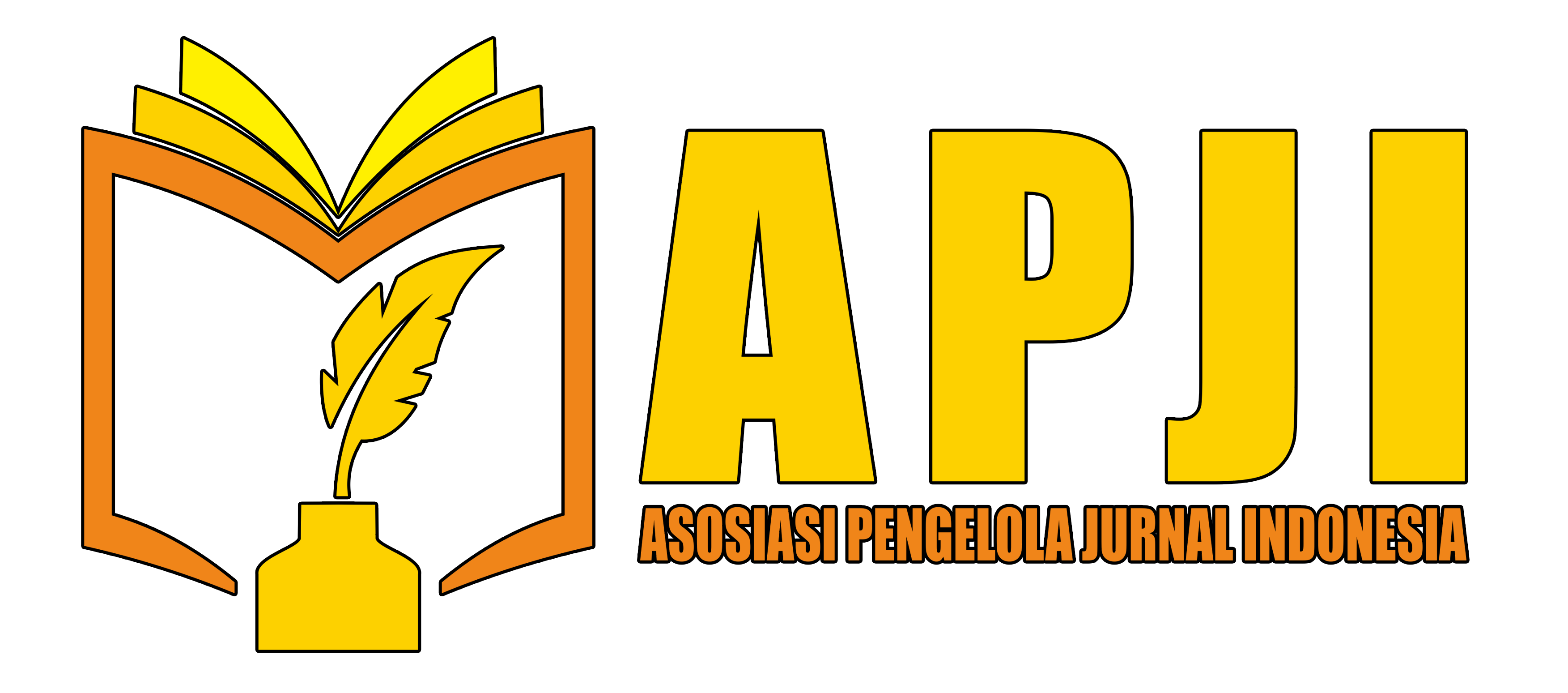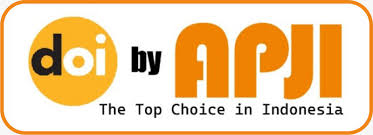AuthorGuidelines
General Guidelines
Articles submitted to this journal have never been published. To avoid double publication, Jurnal Dinamika Sosial dan Sains does not accept articles that are also submitted to other journals for publication at the same time. Authors must ensure that all members of their team have approved the article for publication. Any research report involving humans as subjects must attach signed informed consent and prior ethical approval obtained from the appropriate research ethics committee or institutional review board. If any financial support was received, or a relationship exists, the authors should mention that there is no conflict of interest from the financial support or any relationship or otherwise, which existed during the research project. Such points should be mentioned in the Cover Letter to the Editor of the Journal of Social Dynamics and Science.
Review Process
Each manuscript is reviewed by the editors, and if it meets sufficient standards, it is sent for review by at least two editorial board members from different countries selected by the journal team based on their expertise. The result can be accepted without corrections, accepted with few corrections, accepted with many corrections and rejected. The submitting author is given the opportunity to improve the article based on the suggestions received from the reviewers Specific information on whether the article is accepted and published or rejected will be provided to the submitting author in writing.
Manuscript Guidelines
Research articles are written in Indonesian or English with an essay format described as follows:
- Title Page. This page includes: title of the manuscript, full name without academic and professional titles with a comma between the names. The number (1) is used to indicate the corresponding author with academic and professional credentials, institutional affiliation, postal and email address of each author.
- Abstracts for research articles, literature reviews, and case reports should use a maximum of 300 words. Research articles should consist of background, objectives, methods, results, and conclusions. Abstracts are written clearly and concisely to help readers understand new and important aspects without having to read the entire article. Keywords are written on the same page as the abstract and separated by a comma (,). Use a maximum of 5 appropriate words to aid indexing.
- Manuscripts are organized sequentially :
- Background: Background provides the state of the art of the research and consists of adequate background, previous research to note existing solutions/methods to show which is best, and the main limitations of previous research, to show the scientific benefits or novelty of the paper. Avoid detailed literature surveys or summaries of results.
- Objective: The objective should state the main aim of the research.
- Method: The method consists of research design, place and time of research, population and sample, data measurement, and data analysis
- Method: The method consists of research design, place and time of research, population and sample, data measurement, and data analysis methods. Provide sufficient details about the method including ethical behavior.
- Results: Results state the main findings of the study rather than providing very detailed data. Results must be clear, concise and reportable in text or graphic form. Provide an introduction to the information presented in the table or figure.
- Discussion: Discussion should explore the significance of the research results. The following components should be included in the discussion: How do the results of your research relate to the initial questions or aims outlined in the background (what) section? Do you provide a scientific interpretation for each result or finding presented (why)? Are your research results consistent with what other researchers (what else) have reported? Or is there a difference?
- Conclusion: The conclusion must address the research objectives, indicating how far the research findings deviate from the current state of knowledge. The conclusion should be clear to determine whether the research results are worthy of publication in a journal or not. Provide a clear scientific justification and demonstrate the potential applications and expansions. Recommendations should also be presented to suggest future research and its implications in nursing practice.
- Thank You Note (if applicable): Briefly express gratitude to the research funders and all research participants in this section.
- References: References consist of all the sources used to write the article. Make sure that the quotes used are the most up-to-date, including those from the current year of writing. Remove literature citations older than 10 years unless they are central to your research. References should avoid the use of secondary citations (if necessary, use a maximum of 20% of the citation).
- The structure of a literature review article includes the title, author's name (without academic titles); abstract; keywords; background; objectives; methods (explain the database search, how many articles were retrieved); results (summary of the research review); discussion; or conclusion; and references.
- Each table is typed with a single space. The number of tables is organized systematically as mentioned in the text and is accompanied by a brief title. Provide explanations in the footnotes, not in the title. Explain in the footnotes all non-standard information mentioned in the table. The number of tables should not exceed 6 tables.
- The layout of the article should be written in Times New Roman font, size 12 point. Each section can consist of several paragraphs, with a minimum of 10 pages and a maximum of 20 pages in A4 size.
- All references cited in the text of the article must be listed in the References section. The bibliography must contain references from primary sources (scientific journals) and at least 80% of the total bibliography should be published within the last 10 (ten) years. Each article must contain at least 15 (fifteen) references.
- The writing of reference systems within the text of an article and the writing of the bibliography should ideally be done using reference management software, such as Mendeley, EndNote, Reference Manager, or Zotero. Writing references using the APA (American Psychological Association) 6th edition system.
Click this link to download the article template.
Every manuscript submitted must comply with the Author Guidelines and must be submitted online at Submissions | Journal of Social Dynamics and Science. Instructions for registration, submission, and revisions are provided on this website. If there are any difficulties, the author can contact via email : dinamikasosialdansains@gmail.com
Writer's Fees
The Journal of Social Dynamics and Science (JDSS) publishes articles every month. The article processing charge (APC) from the author institution. The value of the Article Processing Charge (APC) for the Journal of Social Dynamics and Science is USD 65.92 or equivalent to IDR 1,000,000 per article.
The APC includes Editorial Services and Article Production. Submission of journal manuscripts through the Journal of Social Dynamics and Science is free of charge. The Journal APC is paid when the editor states that the article or manuscript is accepted for the next process.
Privacy Statement
The name and email address entered on this journal site will be used exclusively for the purposes stated in this journal and will not be available for other purposes or to third parties.
However, due to the advancements and availability of hacking and data mining techniques found on the Internet, the Journal of Social Dynamics and Science Publisher cannot guarantee that third parties will not mine our users' email addresses in any way that may be discovered online.














